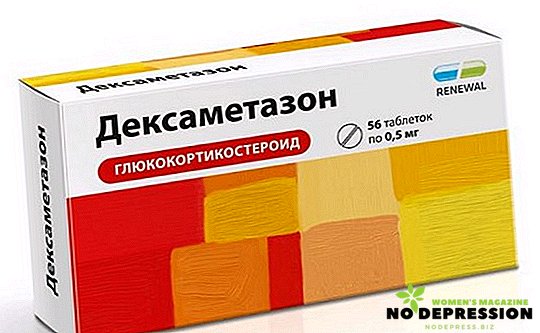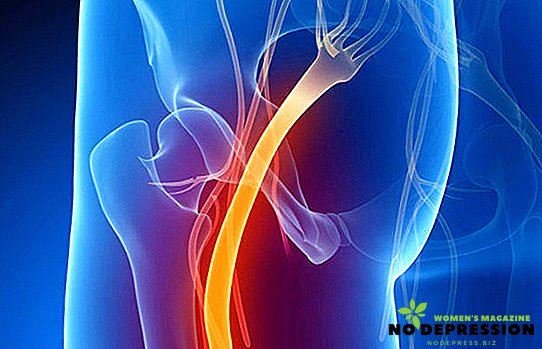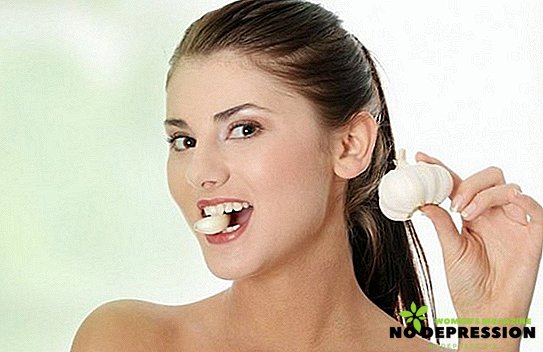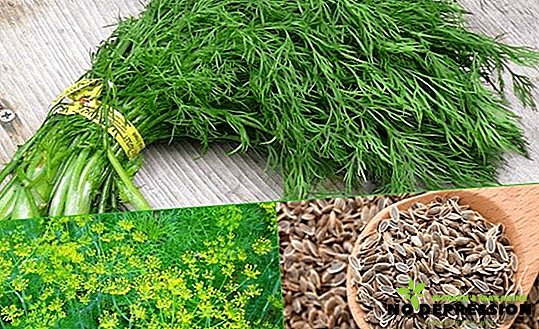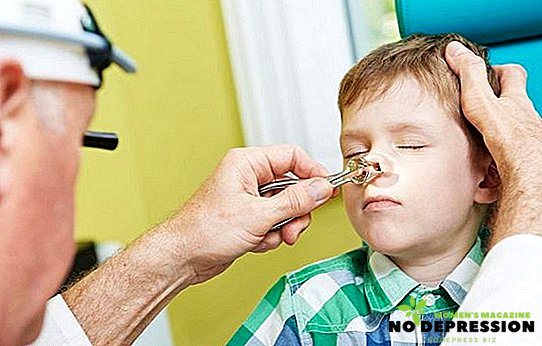Having children and not facing stomatitis at least once in your life is impossible. This is one of the most common diseases in children, manifested at an early age. The causes and pathogens are the most diverse, and the methods of treatment are very few. Where does stomatitis come from and what to do with it?
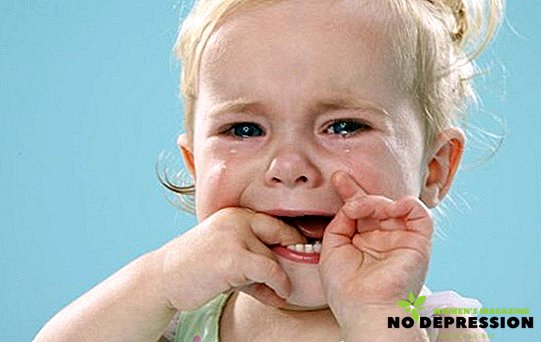
What is stomatitis?
Stomatitis is a disease that affects the mucous membranes of the mouth (tongue, inner sides of the lips and cheeks, gums). The inflammatory process, which can be caused by various factors, leads to the appearance of acne on the mucous membrane, ulcers, plaque and redness.
The disease is more common in children because of the characteristics of children's thermoregulation. It is in a child that the body temperature is regulated with the participation of the respiratory system, therefore it often dries in the mouth. Due to the lack of an adequate amount of saliva, performing protective functions, the oral cavity is subjected to increased attacks of viruses and infections from the external environment and stomatitis occurs. In addition, children's immunity is much weaker than an adult, children have more factors of physical injuries of the oral cavity, and also, children are less scrupulous in matters of personal hygiene.
Stomatitis can be contagious and non-infectious, depending on the source.
Symptoms of stomatitis in children

Children's stomatitis is no different from an adult, except for the frequency of occurrence. In this disease, the following symptoms are observed:
- appearance in the mouth of something that should not be there - sore, pimple, white spot, whitish bloom;
- refusal to eat if the child cannot speak, complaints of pain in the process of feeding a matured child;
- fever, depending on the source of the disease.
Stomatitis always manifests itself in the form of a certain formation that has broken the mucous membrane.
Damage to the mucous membranes always causes pain and discomfort. Depending on the area of the lesion, the place of formation of "wounds", the sensations may be stronger or weaker, but in the process of chewing food and swallowing they always increase. Children, at the age of 4-5 years old, are not always able to clearly state what exactly worries them, and they simply refuse to eat or drink.
Some types of stomatitis caused by viruses and bacteria can be accompanied by temperatures ranging from a minor 37 to 39 degrees frightening.
Types of stomatitis
It is very important to determine the origin of the ulcers in the mouth, since it will depend on this, whether it is possible to apply any particular treatment with specific medicines. Stomatitis is unique precisely because most of its types are not amenable to direct treatment with drugs. You can relieve symptoms, alleviate the condition, rinse your mouth, but you cannot select a list of drugs that specifically treat the disease.
Herpetic

Children from six months to 5 years of age suffer from herpes stomatitis. Most often the disease occurs in the period from one to two years.
The causative agent is the herpes virus, which came to the child either through contact with the patient or with the use of household items on the child, which the patient had previously used.
It has 2 characteristics:
- In most cases, accompanied by high temperatures, up to 40 degrees.
- It is treated with specific drugs that have a detrimental effect on the herpes virus.
It is considered the most infectious species.
Aphthous
It is characterized by the formation of small ulcers on the mucous membrane with a yellowish patina and redness at the periphery. Not accompanied by fever, even with a large accumulation of ulcers. The source of the disease is unknown. In practice, it has been proved that if a child has aphthous stomatitis, then he, with a high degree of probability, is prone to this type of stomatitis and recurrence of rash can be expected in the future.
Not contagious, not transmitted by direct contact or by airborne droplets.
Viral

Viral stomatitis, including herpes, is accompanied by a very high temperature with a minimum area of damage to the mucous membrane.
If the cause of the ulcers is a viral or bacterial infection (mononucleosis, angina, chickenpox), then the disease acts as a concomitant and is included in the symptoms of the underlying disease, especially with chickenpox.
Contagion is not stomatitis itself, but the virus that caused it. If there are sores on the background of sore throat, the tongue appeared, then the person who contacted a sick child is likely to catch a sore throat, and the appearance of corresponding sores in him is not guaranteed and depends on the immune system.
Candida

The people referred to as thrush. The fungus of the genus Candida colonizes the mucous membrane, causes inflammation, pain, whitish patches are formed.
The fungus can get into the baby’s mouth only from someone: when passing through the birth canal from the mother, using bedding and towels in common with the carrier, if the carrier violates the rules of personal hygiene.
Often occurs after taking a course of antibiotics on the background of a weakened immunity, since the fungus is in fact present on the body of most people in small quantities.
Contagious, transmitted by contact with the child or his things.
Traumatic
The child gnawed a pen, a toy, a finger, something hard and was scratched. In place of the scratch, a wound with a white center and a red border was formed.
Not contagious.
Iron deficiency
In conditions of deficiency in the body of iron and B vitamins, stomatitis in a child occurs as a symptom, and not as an independent disease.
Not contagious.
Diagnosis of stomatitis in children
The diagnosis is made by visual inspection of the oral cavity, history taking, clarification of the factors preceding the appearance of ulcers.
If the doctor has doubts about the pathogen, he may prescribe a smear of the oral cavity, which will determine the type of bacteria that caused the disease.
If an iron deficiency anemia is suspected, a complete blood count is prescribed.
Treatment of various forms of stomatitis in children
For any kind of stomatitis, the fundamental factor is maintaining cleanliness in the mouth through rinsing. Rinse your mouth on a mandatory basis after meals and drinking, as well as in between.
The use of gels when teething, providing local anesthetic effect is allowed.
On average, stomatitis lasts from 7 to 14 days.

Herpetic
With the herpes helps fight the immune system, so it is recommended to fully support the immune system in the child.
The main treatment is the use of specialized ointments in the immediate site of the appearance of sores. The drug has a detrimental effect on the virus and quickly improves the condition.
Heat is strayed by standard antipyretic drugs. If the baby refuses to swallow the syrup or the temperature is very high, you can put a rectal suppository.
Aphthous
There are no medicines that directly affect the disease and critically change the situation. Rinses are used, as well as drugs that have aseptic effect - sea buckthorn oil, aloe juice, chamomile decoction. Oil and aloe juice grease sores, decoction of chamomile rinse your mouth or apply a moistened piece of fleece to the damaged mucosa.
Viral

First of all, prescribe drugs that have a detrimental effect on a specific type of virus. Often, these are broad-spectrum or narrow-spectrum antibiotics. Against the background of a general improvement in well-being, mouth ulcers also disappear.
Candida
The oral cavity is treated with soda solution. If the infection is severe or the improvement does not occur, the specialist prescribes a course of antifungal drugs.
Traumatic
Formed after mechanical action, the sores cannot be smeared with iodine or brilliant green in the oral cavity. Assign rinsing / wiping soda solution and attachment to the damaged area with a cotton swab dipped in sea buckthorn oil or chamomile broth.
Iron deficiency
First of all - to restore the level of iron and / or B vitamins in the body.
Features of the treatment of infants
First, the nursing baby is not able to say that it bothers him. Mom must determine the disease.
Secondly, one-year-old children are not able to rinse their mouths. Cleaning the mouth of food debris completely depends on the mother.
Thirdly, the refusal to suckle from a breast in a one-year-old child is dangerous with dehydration, a shortage of weight and subsequent developmental pathologies.

Based on the above, stomatitis in infants is important to determine in a timely manner. The sooner treatment begins, the less likely it is to lose weight.
In order for the infant to not refuse from the breast because of the pain, the damaged mucosa is smeared with gels prescribed during teething. They provide local anesthesia and relieve the condition.
How to clean the mouth:
- Mum wash hands with soap;
- Cook in a cup of warm boiled water or soda solution (if necessary);
- put a clean bandage around the index finger;
- dip the bandaged finger in a glass of water, squeeze out the water so that it does not drip from the bandage;
- open the mouth of the child and rub the mouth cavity with a finger in the bandage;
It is advisable not to try to wipe the entire mouth at once. It is ineffective and difficult for the child. It is right to wipe one area at a time — right cheek, left cheek, upper gum, lower gum, tongue. After wiping each area, re-wet and wring the bandage.
Recommendations to parents from Dr. Komarovsky
If a child suffers from stomatitis, you must strictly adhere to 3 basic rules:
- Humidity. It is necessary to do everything to ensure that the oral mucosa does not dry out - cool moist air, warm, not hot clothes, and drinking.
- Food. All food should be soft, puree, not hot (room temperature), not spicy, not sour. Use straws if the child is painful to swallow.
- Clean the mouth of food after meals. Rinse can be ordinary boiled water. The main task - to remove the remnants.
Stomatitis prevention

- Maintain the child’s immunity, especially during periods of its predictable decline - in the fall and spring, during illness, when climatic conditions change. Feed fresh vegetables and fruits, if necessary, purchase vitamins and immunostimulating drugs in pharmacies.
- Do not allow the mouth to dry out - drink after active physical exertion, in the summer heat and in a hot room.
- Maintain the level of humidity in the baby’s room, do not overheat in warm clothes and under hot blankets.
- From an early age to teach a child to personal hygiene - wash your hands, brush your teeth, do not pull objects into your mouth, do not gnaw pens, do not take someone’s spoons in your mouth, do not eat from someone else’s plate, etc.


